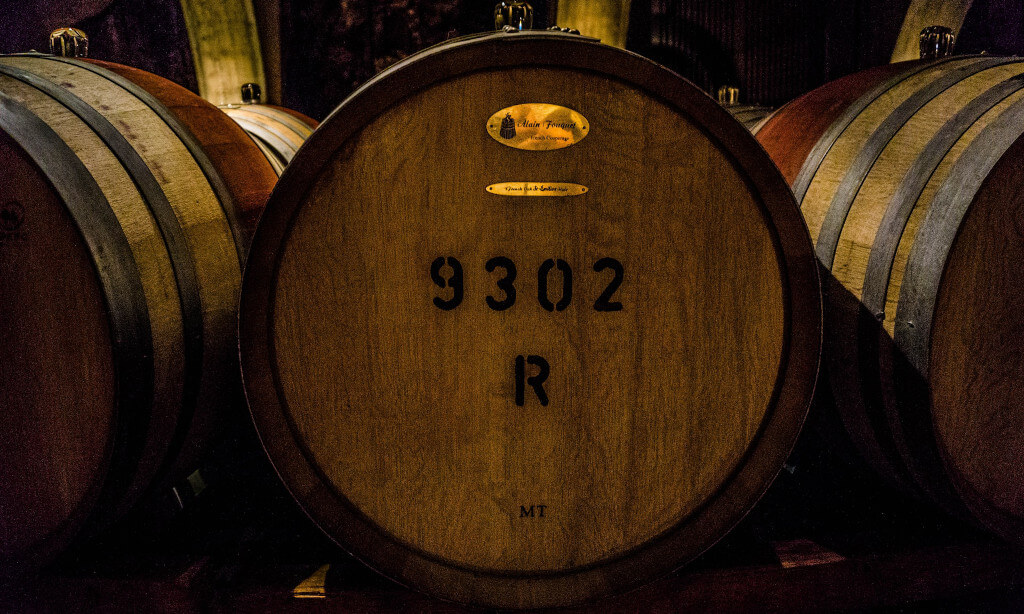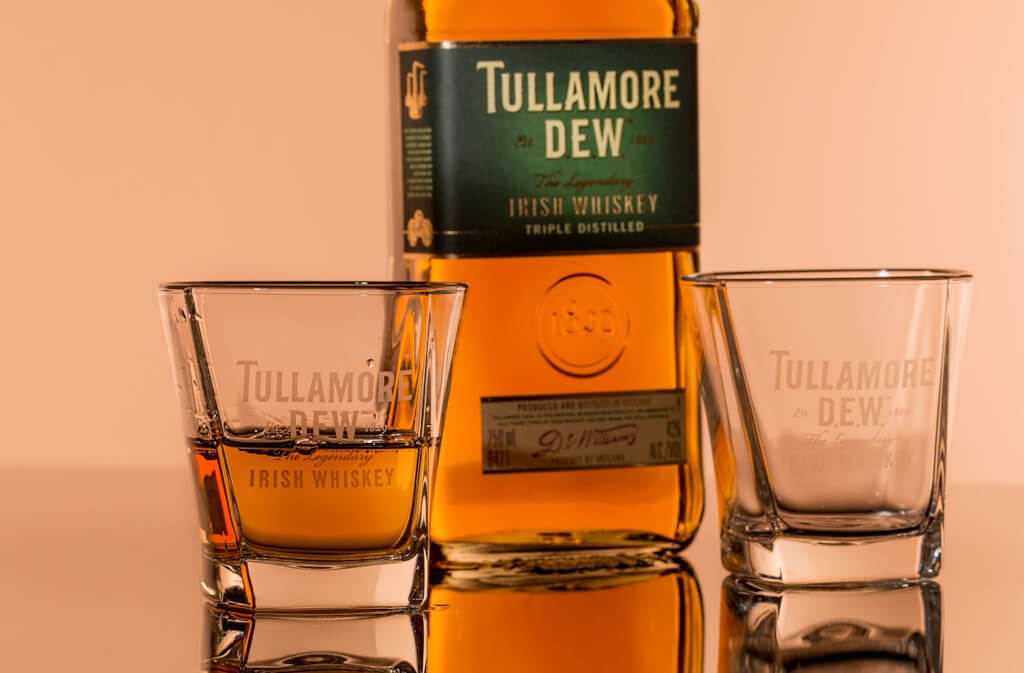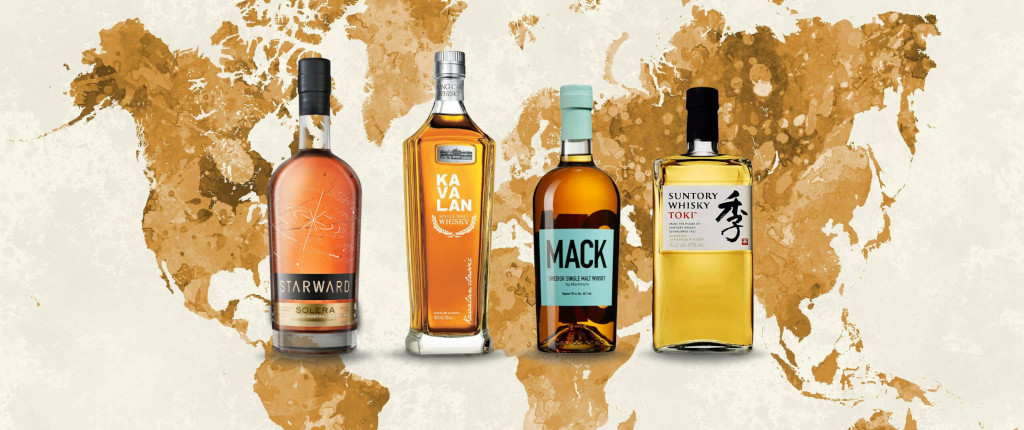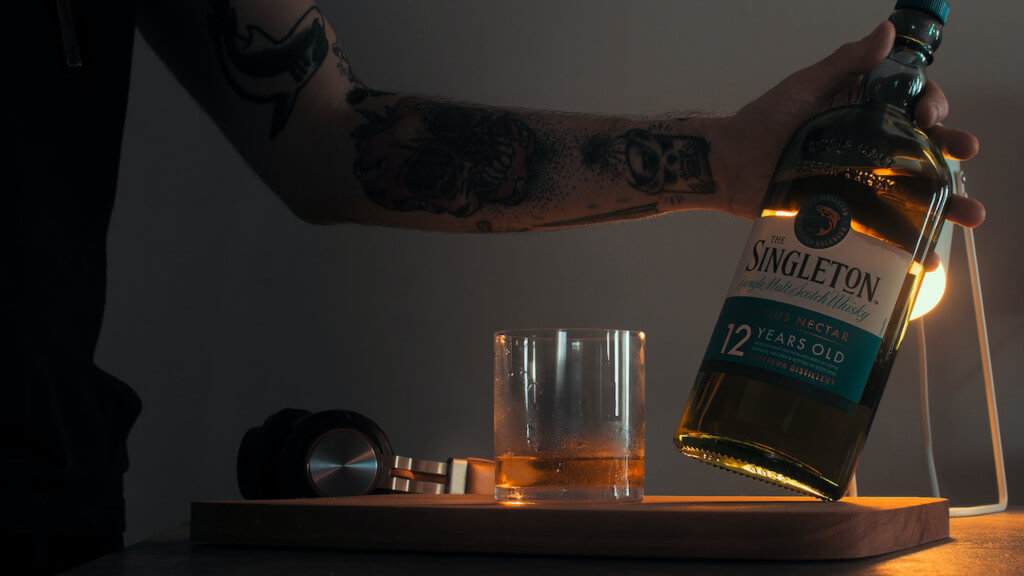What is Barrel Finishing?
Secondary maturation, or “barrel finishing,” is the process of transferring an already barrel-aged product to a new barrel to develop additional flavors. The second barrel is typically a repurposed one that once held a different type of liquor. Though the majority of a spirit’s flavor is developed during its primary maturation (also known as “aging”), additional time in a secondary (or “finishing”) barrel can add fresh layers of complexity. The spirit is absorbed by the staves of the second barrel, where it mingles with the wood and whatever was in the barrel before.
Finishing is a process more typical of Scotch whiskey manufacturing that has just recently made its way into the bourbon industry. The term “bourbon” can only be used to describe whiskey that has been matured in new, charred oak barrels, as required by federal law. After the first aging period in a new barrel, bourbon finishing has become a popular method to give a particular depth of flavor to bourbon by spending a brief length of time in a used barrel. Gin, rum, and tequila are just some of the spirits that have followed suit.
A spirit’s natural flavor can be overpowered if it is left in the finishing barrel for too long, making barrel finishing a delicate skill that can result in a rich and subtle flavor. The amount of time that each of our spirits spends in finishing barrels varies greatly based on the type of spirit that was previously stored there as well as the season.
Whiskey’s Distinctive Flavour and Fragrance Develop Mostly During the Ageing Process
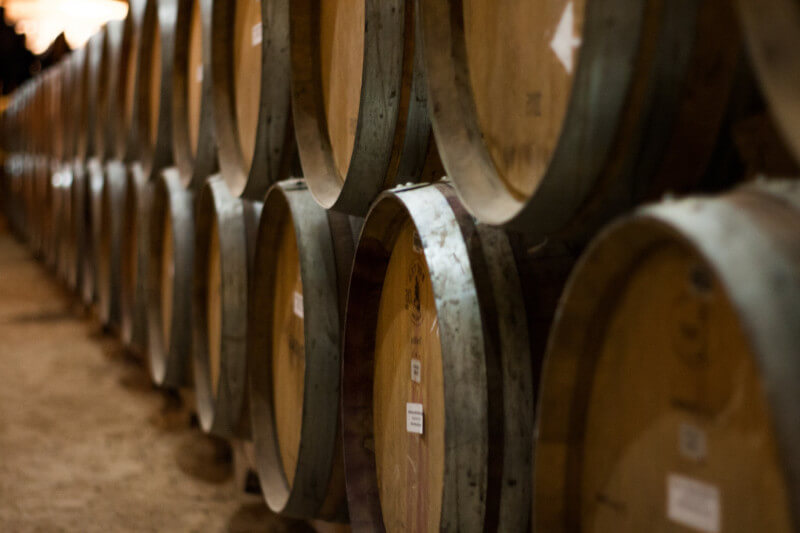
Barrels for Bourbon and Rye were normally brand new American oak barrels, but Scotch and Irish whiskey were aged in a variety of previously used (bourbon and sherry) wood barrels, as per ancient tradition and/or legislation.
However, Scotch and Irish whiskey had been the drink of choice for the elderly following World War II because of their reputation for being safe, uninteresting, and constant. In the 1980s, the whiskey market experienced one of its periodic slumps due to competition from cocktails made with clear spirits like vodka, gin, and tequila. It has to be novel in some way.
Regulations
There are few restrictions on how Irish whiskey can age and be finished. In Ireland, you can use any kind of wood you like. Producers of American whiskey, including Bourbon, have a lot of leeway as well. Nevertheless, labels need to indicate whether or not these are special finishes. For example, “bourbon” is no longer an appropriate name, instead becoming “bourbon matured in sherry barrels.” Despite the need for a label change, the product in question is still bourbon.
Scotch whiskey has traditionally been more strict, although a shift in standards within the category in recent years has allowed for a wider variety of cask varieties to be used. Except for those containing citrus fruits or those to which fruit or other flavorings or sweeteners have been incorporated after fermenting or distillation, wood casks that historically housed most spirits, wine, and beer are now permitted. However, cider casks are still generally forbidden by Scotch standards. Non-traditional casks are also prohibited because they are not part of the “traditional method for the alcohol involved.” Therefore, gin barrels are likewise not acceptable.
Whiskey’s aging process might take as little as a day or as long as several years. The length of a secondary phase of maturation is not limited in any way. It is more accurate to say that the process was designed to incorporate a subtle new flavor or quality, but if the finishing phase persists for the same duration as the primary maturation or longer, the finishing period becomes the more dominant factor.
The Last Five
Finishing is easiest to grasp when viewed through the lens of one of its five stylistic variants: wood, wine, fortified wine, spirit, or beer. Various types of oak have been used for wood treatments, from virgin oak to French oak to Mizunara oak to Irish oak to Scottish oak to truffle oak from the Black Forest to virgin bur oak from Missouri. As a result, these will incorporate distinctive wood spices and signature oak notes. Whiskies that have been finished in wine can take on notes of everything from rich berry fruits to cloying sweetness.
Each vintner’s barrique has the opportunity to create a novel twist on a traditional distillery style due to the vast diversity of grape varietals, wine styles, and wine-producing regions. The best matches have been with fortified wines like Madeira, port, and especially sherry. We’ve learned that some spirits perform particularly well for whiskey finishing, thanks to the sweetness imparted by Caribbean rum casks, the smokiness imparted by former peated whiskey casks, and the peppery bite of a rye barrel. Some distillers have found that their whiskies have difficulty blending with other spirits like Cognac, brandy, or Calvados, therefore they’ve begun using them more sparingly. Beers with unusual flavors are becoming more common.
How Does It Change the Taste?
- The fact that this method improves the flavor is crucial for distillers.
- There’s little use in putting your malt through a champagne barrel finishing process if it won’t improve the flavor.
- Since the oak cask itself contributes a great deal of flavor, Kinsman is essentially arguing that the Whiskey will take on the characteristics of the previous liquor to some degree.
- How the wood and malt react is a matter of complex chemistry, as does so much else in the Whiskey production process.
- Cask finishing has been employed to create some outstanding malts, but it is impossible to predict the precise impact that various liquids will have on the oak and, in turn, the malt.


